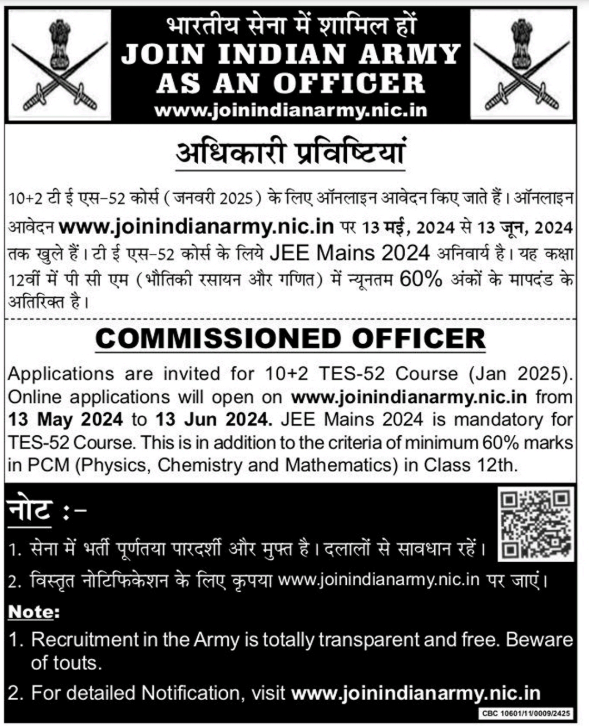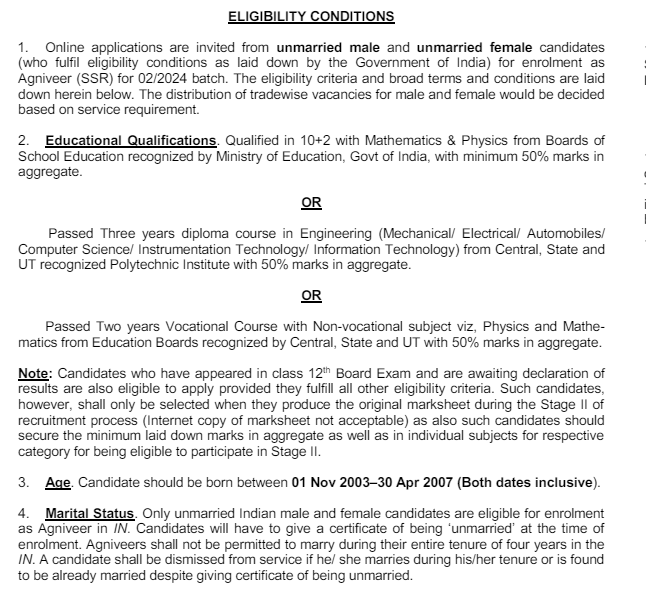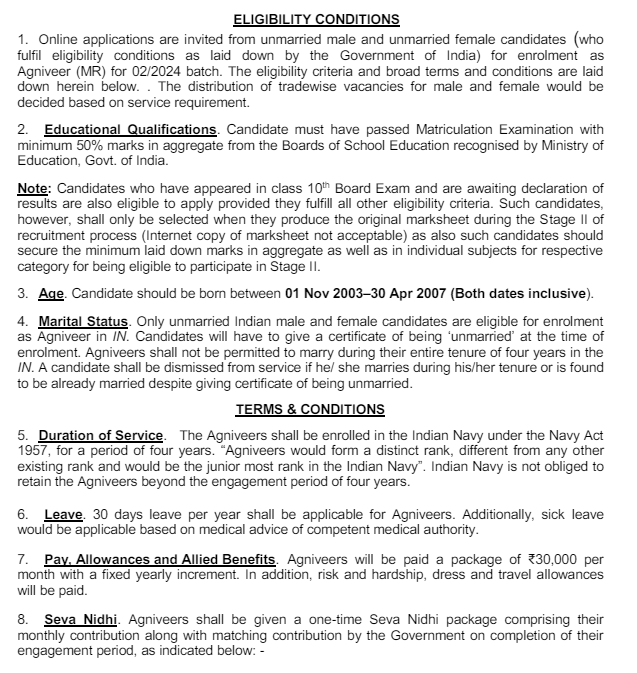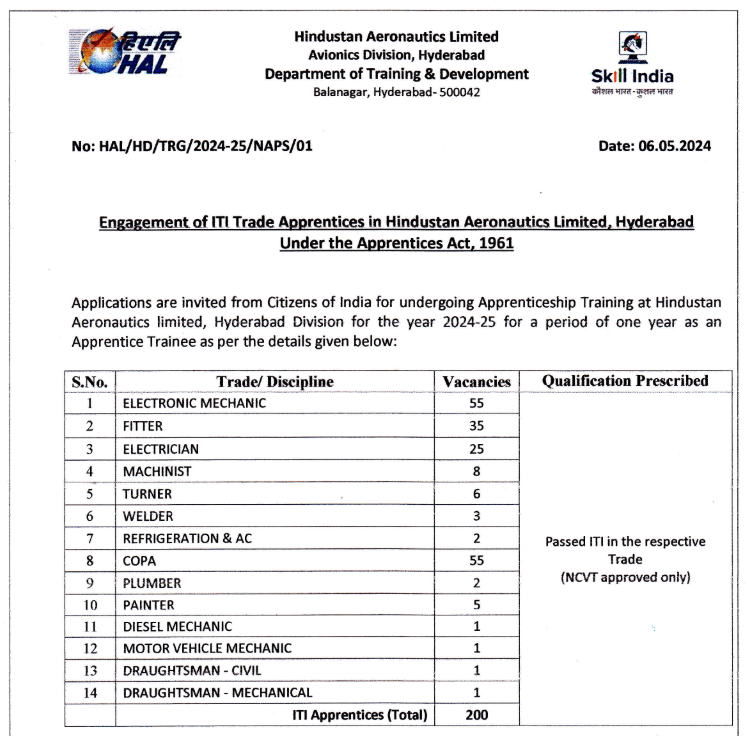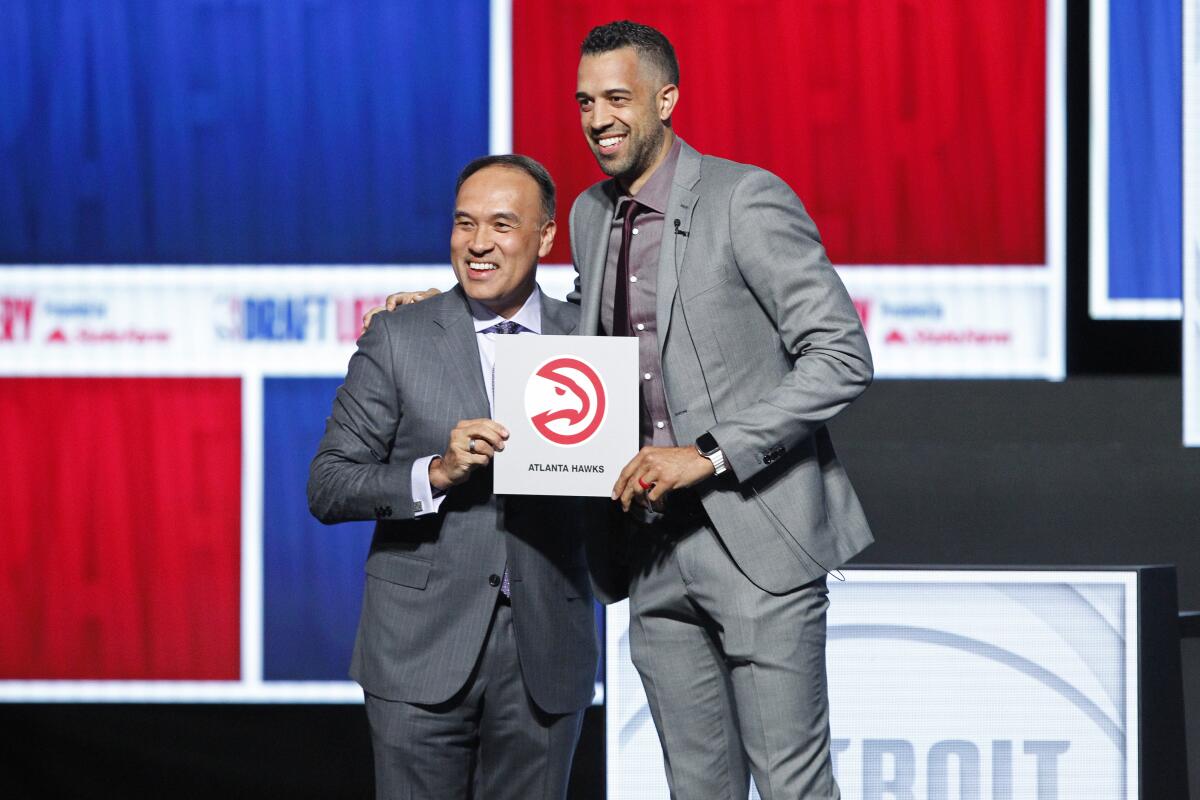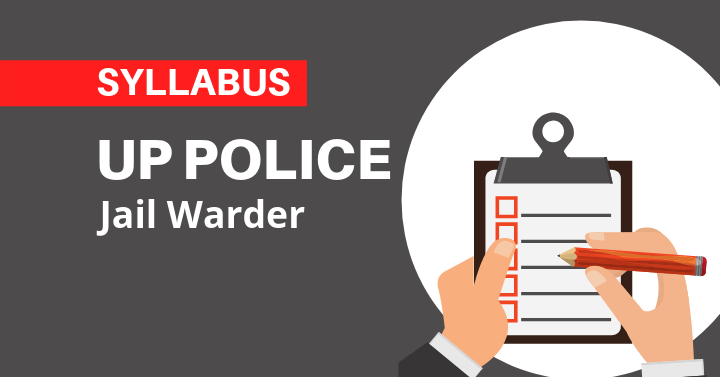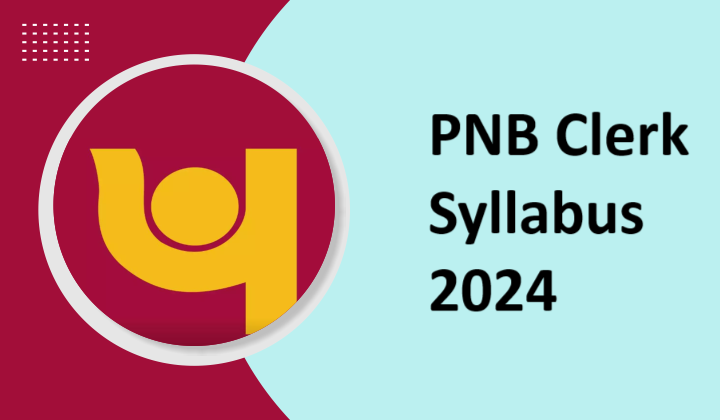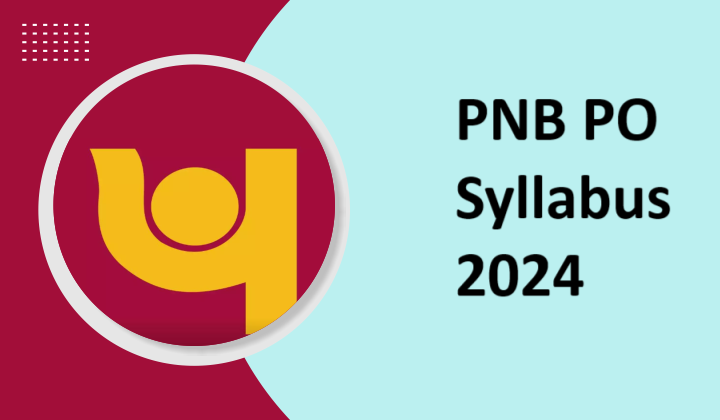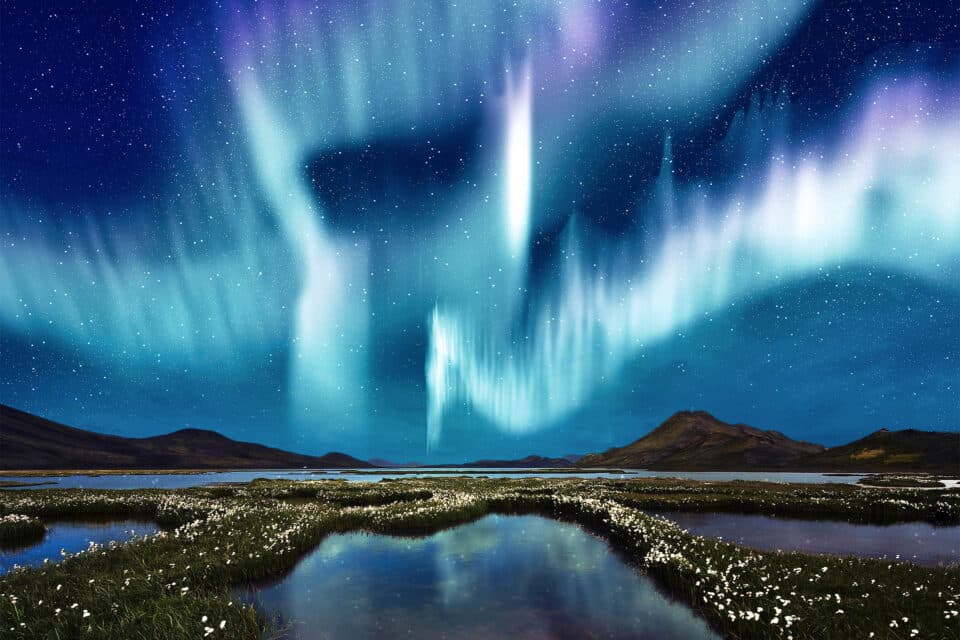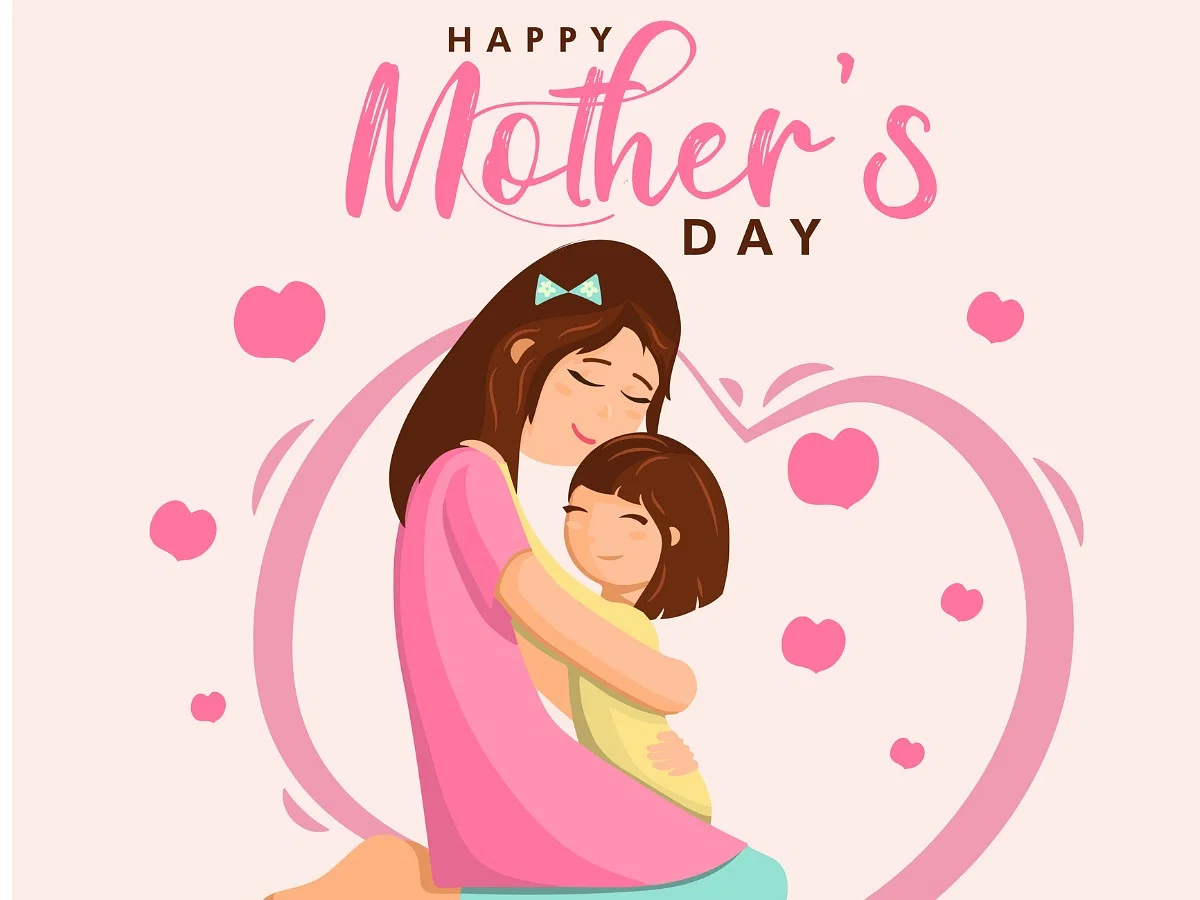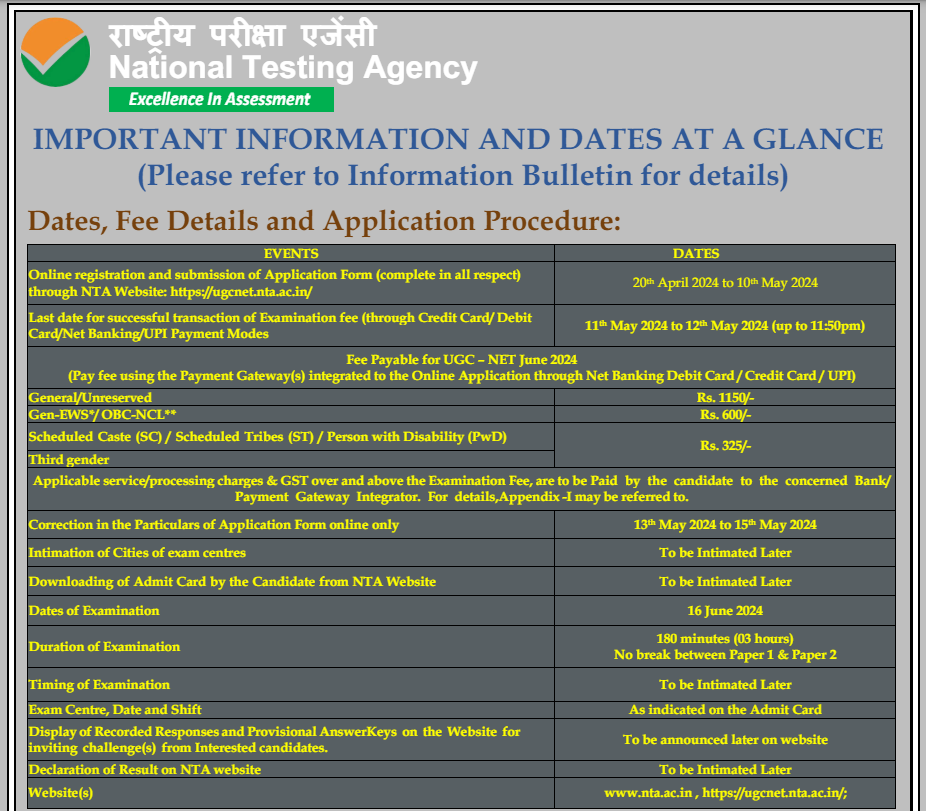RRB NTPC SECOND STAGE 7-GK
R.R.C. (Patna) exam
of the year 2014 held on dated 9 October, 2014 (1st-Shift).
1. The formation of three dimensional image by interference of two light beams
from the laser or other coherent source of light is called–
(A) Optical Photography (B) Digital Photography (C) Holography (D) Radiography
(Ans : C)
RRB NTPC SECOND STAGE 7-GK
2. Which of the following shows Einstein’s Mass Energy relation?
(A) E=mc2 (B) W=1/2mv2 (C) E=mgh (D) E=p2/2m
(Ans : A)
3. Which of the following instruments measures humidity?
(A) Hydrophone (B) Hydrometer (C) Hypsometer (D) Hygrometer
(Ans : D)
4. The substances which have same chemical properties but different physical properties are called–
(A) Electrolytes (B) Allotropes (C) Isobars (D) Isotopes
(Ans : B)
RRB NTPC SECOND STAGE 7-GK
5. ‘Magnetite’ is an ore of–
(A) Magnesium (B) Iron (C) Sodium (D) Aluminium
(Ans : B)
6. Which of the follwing is not an Inert gas?
(A) He (B) Ne (C) Fe (D) Ar
(Ans : C)
7. Which of the following refers to the memory of computer?
(A) RAM (B) CD (C) USB (D) LAN
(Ans : A)
RRB NTPC SECOND STAGE 7-GK
8. ‘OCR’ stands for?
(A) Optical Character Restoration (B) Optical CPU Recognition
(C) Optical Character Rendering (D) Optical Character Recognition
(Ans : D)
9. What are the two parts of an E-mail address?
(A) User name and Street address (B) Legal name and phone number
(C) Initials and password (D) User name and domain name
(Ans : D)
10. ‘Earth Day’ is celebrated on–
(A) 1st January (B) 30th April (C) 22nd April (D) None of these
(Ans : C)
RRB NTPC SECOND STAGE 7-GK
11. Indus Valley Civilization was discovered by–
(A) Sir Leonard Wooley (B) V.S. Agrawal (C) Dayaram Sahni (D) A.L. Basham
(Ans : C)
12. The words ‘Satyameva Jayate’ in the State Emblem of India have been adopted
from–
(A) Mundak Upnishad (B) Brahma Upnished (C) Mudgala Upnishad (D) Maitreyi
Upnishad
(Ans : A)
13. Which of the following four Vedas contains magical charms and spells to ward
off evils and diseases–
(A) Rigveda (B) Samaveda (C) Yajurveda (D) Atharvaveda
(Ans : D)
14. The ancient name of North Bihar was–
(A) Vajji (B) Vatsa (C) Surasena (D) Avanti
(Ans : A)
RRB NTPC SECOND STAGE 7-GK
15. Where did Gautam Buddha deliver his First Sermon, know as ‘Dharma Chakra
Pravartan?
(A) Sanchi (B) Sarnath (C) Sravasti (D) Bodh Gaya
(Ans : B)
16. Which of the following was the oldest dynasty?
(A) Maurya (B) Gupta (C) Kushana (D) Kanva
(Ans : A)
17. Who built the Khajuraho temples?
(A) Holkars (B) Scindhias (C) Bundela (D) Chandela
(Ans : D)
18. Bahlol Lodhi, who funded the Lodhi dynasty, was–
(A) Turk (B) Afgan (C) Mongol (D) Hun
(Ans : B)
RRB NTPC SECOND STAGE 7-GK
19. Two independent States of India and Pakistan were created by–
(A) The Shimla Conference (B) The Cripps Proposal (C) The Cabinet Mission Plan
(D) The Indian Independence Act
(Ans : D)
20. Who among the following was elected as the president of All India Khilafat
Conference in November 1919?
(A) Motilal Nehru (B) Mahatma Gandhi (C) M.A. Jinnah (D) Shakat Ali
(Ans : B)
21. Which article of our Constitution prohibits trafficking in human beings and
forced labour?
(A) Article 21 (B) Article 19 (C) Article 17 (D) Article 23
(Ans : D)
22. Which part of our Constitution contains ‘Directive Principles of State
Policy’ ?
(A) Part III (B) Part IV (C) Part II (D) Part I
(Ans : B)
RRB NTPC SECOND STAGE 7-GK
23. One third members of Rajya Sabha retire–
(A) Every year (B) Every Second year (C) After Six years (D) After Five years
(Ans : B)
24. Minimum age of voting in India for Parliamentary and Assembly election is–
(A) 21 years & 18 years (B) 21 years for both (C) 18 years for both (D) None of
these
(Ans : C)
25. Which of the following States has it’s own Constitution?
(A) Jammu & Kashmir (B) Assam (C) Nagaland (D) Arunachal Pradesh
(Ans : A)
26. The number of chromosomes in human being is–
(A) 46 pairs (B) 20 pairs (C) 23 pairs (D) 32 pairs
(Ans : C)
RRB NTPC SECOND STAGE 7-GK
27. Mendels experiments were based on cross- breeding of–
(A) Rose Plants (B) Brinjal Plants (C) Potato Plants (D) Peas Plants
(Ans : D)
28. Bile is produced by–
(A) Liver (B) Gall Bladder (C) Pancreas (D) Small Intestine
(Ans : A)
29. Which of the following Vitamins is soluble in water?
(A) Vitamin-A (B) Vitamin-D (C) Vitamin-C (D) Vitamin-K
(Ans : C)
30. Which organ is affected in Typhoid ?
(A) Lungs (B) Intestine (C) Brain (D) Liver
(Ans : B)
31. Who among the following became Italy’s youngest Prime Minister in February 2014 ?
(A) Matteo Renzi (B) Jens Stoltenberg (C) Michelle Bachelet (D) Taavi Roivas
(Ans : A)
RRB NTPC SECOND STAGE 7-GK
32. ‘Pulitzer Prize’ is awarded for outstanding work in the field of–
(A) Science and Technology (B) Literature and Journalism (C) International
Understanding (D) Environmental studies
(Ans : B)
33. Which of the following type of power has the largest share in power
generation in India ?
(A) Hydro-Electric (B) Thermal (C) Nuclear (D) Solar
(Ans : B)
34. Which of the following is not an example of Economic Infrastructure–
(A) Roads (B) Railways (C) Education and Health (D) Power
(Ans : C)
RRB NTPC SECOND STAGE 7-GK
35. ‘National Academy of Indian Railways’ is located at–
(A) Hyderabad (B) Bengaluru (C) New Delhi (D) Vadodara
(Ans : D)
36. Which of the following cricketers scored most runs in IPL Session 7 (2014) ?
(A) Robin Uthappa (B) D. R. Smith (C) G. J. Maxwell (D) S. K. Raina
(Ans : A)
37. The name of Ustad Amjad Ali Khan is associated with which of the following
musical instruments–
(A) Shehnai (B) Flute (C) Sarod (D) Tabla
(Ans : C)
38. Which of the following is a folk dance of Bihar?
(A) Jhali (B) Jata-Jatin (C) Karma (D) Garba
(Ans : B)
39. ‘Kakolat Waterfall’ is situated in which of the following districts of Bihar?
(A) Patna (B) Nalanda (C) Munger (D) Nawada
(Ans : D)
RRB NTPC SECOND STAGE 7-GK
40. The author of ‘Chandrakanta Santati’ is–
(A) Devaki Nandan Khatri (B) Phanishwar Nath Renu (C) Banabhatt (D) Premchand
(Ans : A)
41. Who gave the slogan ‘Jai Hind’ ?
(A) M. K. Gandhi (B) J. L. Nehru (C) S. C. Bose (D) B. G. Tilak
(Ans : C)
42. Till 1954, Pondicherry was under–
(A) British Colonial Rule (B) French Colonial Rule (C) Portuguese Colonial Rule
(D) Japanese Colonial Rule
(Ans : B)
43. The Headquarters of South East Central Railways is–
(A) Hubli (B) Secunderabad (C) Bilaspur (D) Jabalpur
(Ans : C)
RRB NTPC SECOND STAGE 7-GK
44. ‘Bhakhra Nangal Project’ is situated across which of the following rivers–
(A) Mahanadi (B) Tungabhadra (C) Narmada (D) Sutlej
(Ans : D)
45. The Outer Himalayas are also known as–
(A) Aravali (B) Shahyadri (C) Shiwalik (D) Coromandal
(Ans : C)
46. In terms of area, India is the–
(A) 2nd largest Country in the World (B) 7th largest Country in the World
(C) 8th largest Country in the World (D) 10th largest Country in the World
(Ans : B)
47. The forests found in the equatorial and tropical regions with more than 200
cm annual rainfall are called–
(A) Tropical Evergreen Rain Forests (B) Tropical Semi Deciduous Forests
(C) Coniferous Forests or Taiga (D) Temperate Mixed Forests
(Ans : A)
RRB NTPC SECOND STAGE 7-GK
Category: New Jobs
48. Which of the following atmospheric layers contains most of ozone?
(A) Stratosphere (B) Troposphere (C) Mesosphere (D) Thermosphere
(Ans : A)
49. Spring Equinox occurs on–
(A) September 23rd (B) March 21st (C) December 21st (D) January 13th
(Ans : B)
50. The size of the Moon is about–
(A) half the size of the Earth (B) 1/3rd the size of the Earth (C) 1/4th the
size of the Earth (D) 1/6th the size of the Earth
(Ans : C)



